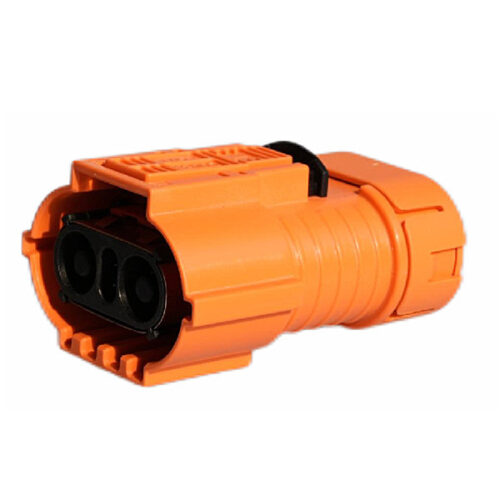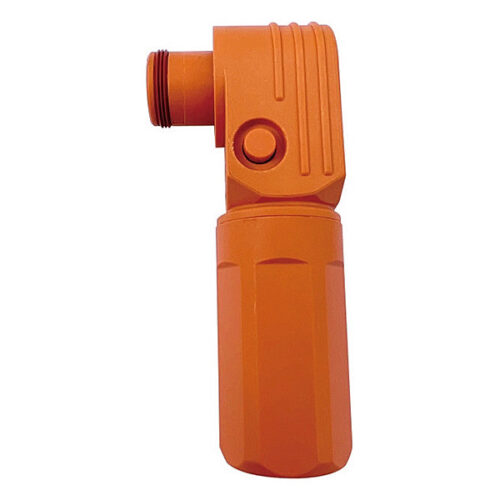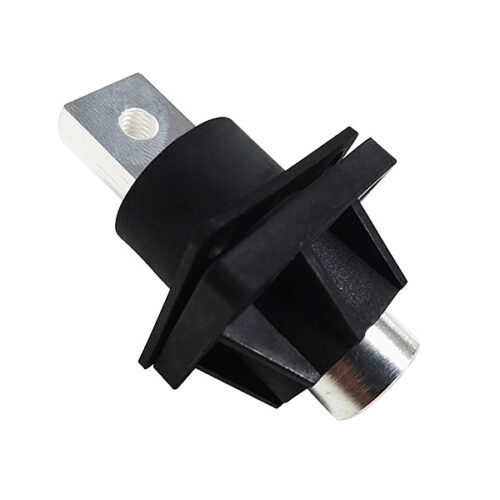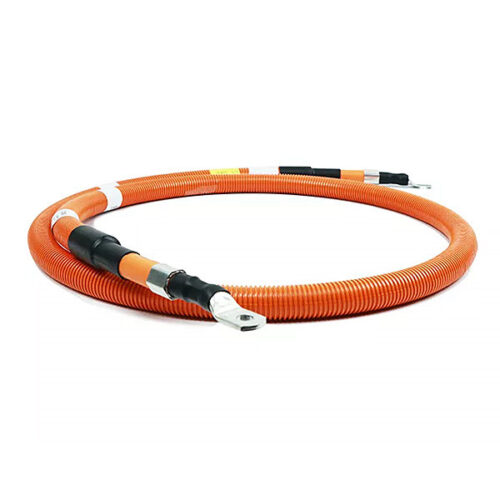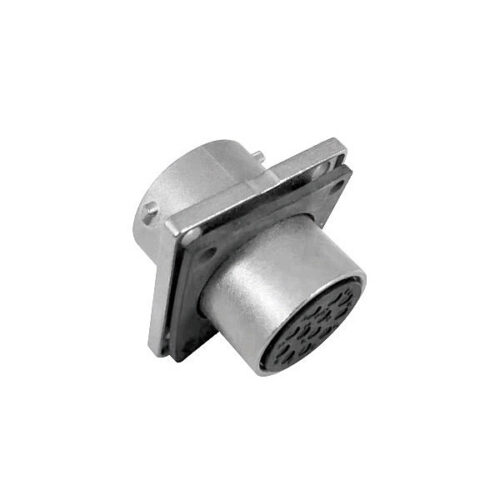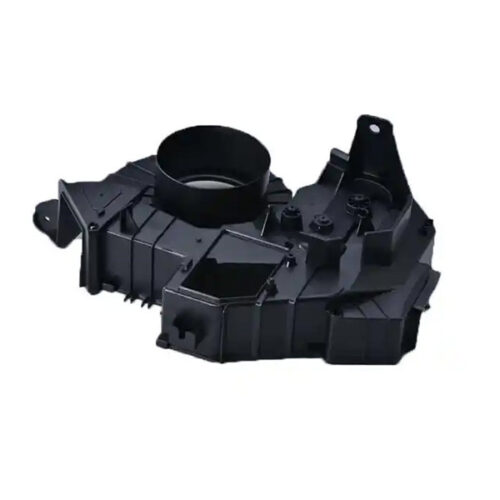Blogs & News
We are focus on automotive wiring harness & connectors technology.
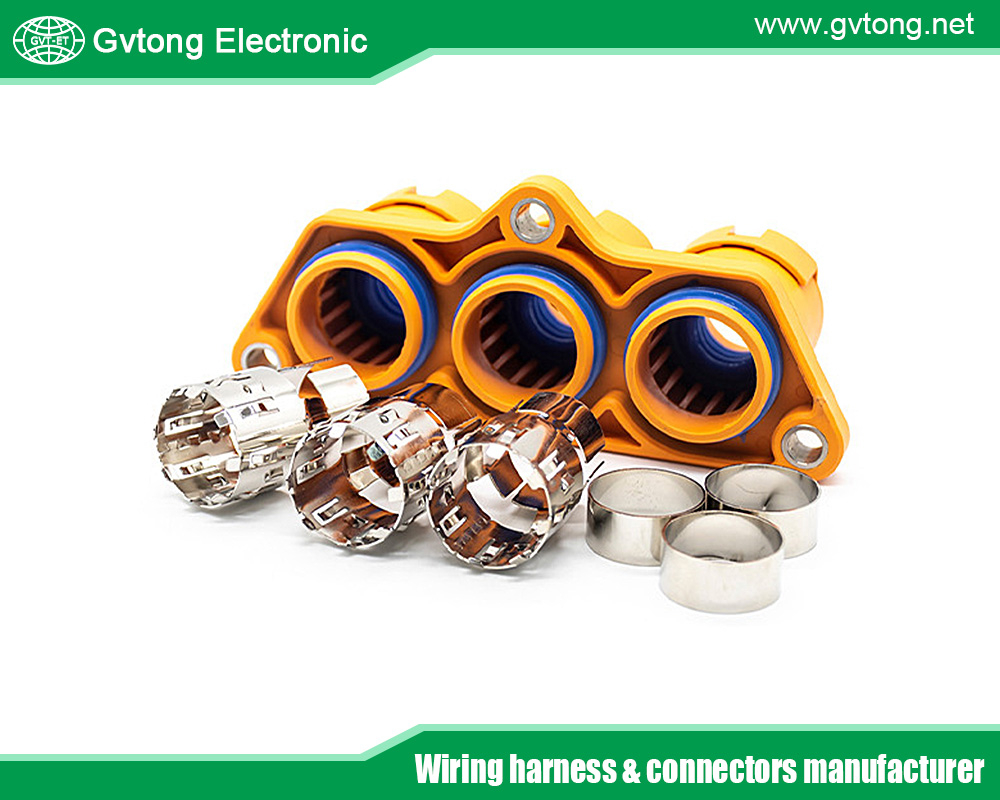
The Environmental Sustainability Dimensions of 7-Cavity Connectors
- Gvtong Electronic
- 48V board net connectors, 7-cavity connectors, 7-cavity connectors factory, 7-cavity connectors manufacturer, 7-cavity connectors market, 7-cavity connectors supplier, 7-cavity connectors systems, Automated assembly connectors, automotive electrical connector, automotive High voltage connector, automotive Low voltage connector, Automotive Low Voltage Signal And Power Connector Solutions, automotive Oil-resistant Connectors, automotive Signal Connector, automotive waterproof connectors, Automotive-grade AEC-Q200 connectors, best 7-cavity connectors, China Energy Storage Connector Manufacturers, China High Current Connectors Manufacturer, China High Frequency And High Speed Connectors Manufacturer, China Industrial Electrical Connectors Manufacturers, china photovoltaic connectors manufacturers, Cost-effective automotive connectors, electric vehicle EV connector supplier, EV charging connectors manufacturers, Halogen-free automotive connectors, High Voltage EV Battery Connector For Electric Vehicles, Multi-variation connectors, Photovoltaic Connectors For Solar Panels, Photovoltaic Solar Battery Connectors For Energy Storage Systems, Recyclable material connectors, Redundant safety connectors, Thermal management connectors, Wireless charging connectors
- No Comments
The Environmental Sustainability Dimensions of 7-Cavity Connectors
In an era where environmental concerns dominate global discourse, industries are under increasing pressure to align their practices with sustainability principles. The Sustainable Development Goals (SDGs), as outlined by the United Nations, emphasize the integration of social, economic, and environmental dimensions to foster a balanced approach to progress. Within this context, 7-cavity connectors—small but critical components used in automotive, aerospace, and electronics applications—play a significant role in advancing sustainable technologies. These connectors, designed to house seven electrical terminals, ensure reliable connectivity in complex systems, such as electric vehicles (EVs) and renewable energy infrastructure. However, their environmental footprint, from material extraction to end-of-life disposal, raises questions about their sustainability. This article explores the environmental sustainability dimensions of 7-cavity connectors, examining their lifecycle through the lens of environmental impact, economic viability, and social responsibility. By analyzing material choices, manufacturing processes, and innovative trends, we aim to highlight how these components can contribute to a more sustainable industrial ecosystem.
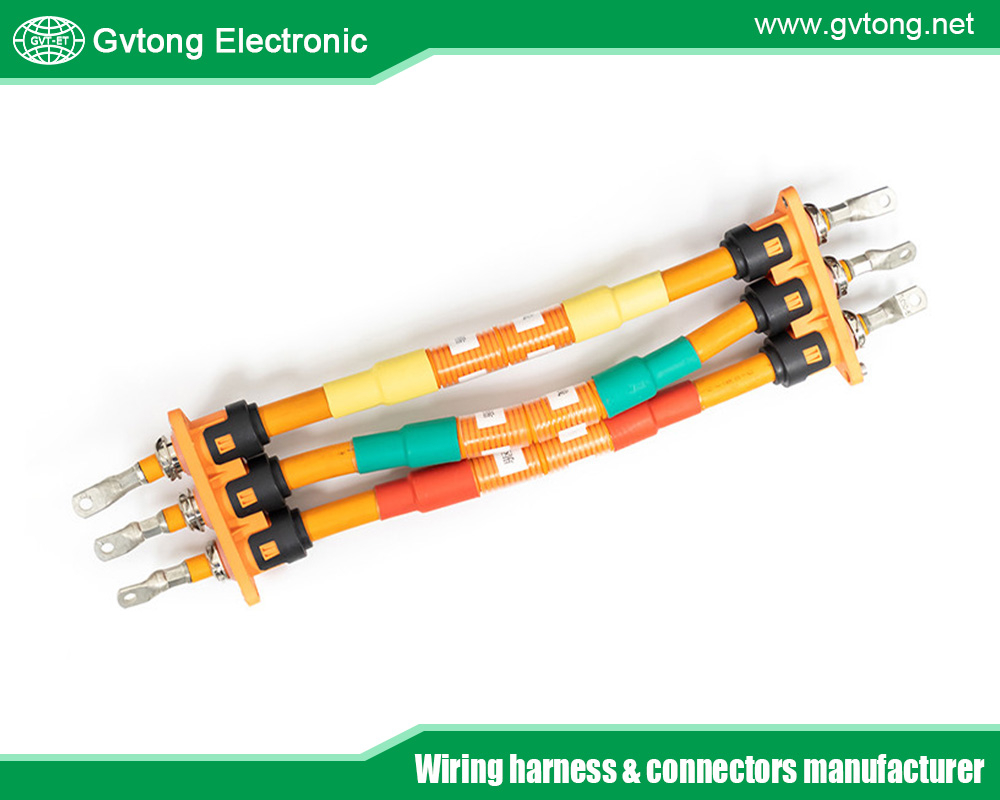
Understanding 7-Cavity Connectors
A 7-cavity connector is a multi-pin electrical connector designed to accommodate seven terminals, enabling secure and efficient electrical connections in various applications. Typically made from materials like thermoplastics (e.g., polyamide, PBT) and metals (e.g., copper, brass), these connectors are engineered for durability, resistance to environmental factors, and reliable performance. In the automotive industry, 7-cavity connectors are integral to wiring harnesses for systems like sensors, lighting, and power distribution, particularly in electric and hybrid vehicles. In aerospace, they support critical avionics systems, while in electronics, they facilitate connections in consumer devices and industrial equipment. Their compact design and ability to handle multiple signals make them indispensable in modern technology. However, the production, use, and disposal of these connectors have environmental implications that must be addressed to align with sustainability goals. Understanding their role and impact sets the stage for evaluating their sustainability across environmental, economic, and social dimensions.
Environmental Dimension of Sustainability
The environmental dimension of sustainability focuses on minimizing ecological harm and optimizing resource use throughout a product’s lifecycle. For 7-cavity connectors, this begins with material selection. Traditionally, connectors use petroleum-based plastics and metals like copper, which require energy-intensive extraction processes. Mining copper, for instance, contributes to land degradation and greenhouse gas (GHG) emissions. Sustainable alternatives, such as recycled plastics or bio-based polymers, can reduce environmental impact. For example, polyamide derived from castor oil offers a lower carbon footprint while maintaining performance standards.
Manufacturing processes also play a critical role. Injection molding, commonly used to produce connector housings, consumes significant energy and generates emissions. Adopting energy-efficient machinery and renewable energy sources in factories can mitigate these impacts. Additionally, waste management is a concern, as defective connectors or excess material from molding contribute to industrial waste. Lean manufacturing techniques, such as just-in-time production, can minimize waste, while recycling scrap materials can further enhance sustainability.
End-of-life considerations are equally important. Many 7-cavity connectors are not designed for easy disassembly, complicating recycling efforts. Developing modular designs that allow for material separation can improve recyclability. Moreover, the carbon footprint of these connectors spans their entire lifecycle, from raw material extraction to disposal. A lifecycle assessment (LCA) can quantify emissions and identify opportunities for reduction, such as using low-carbon materials or optimizing supply chains. By addressing these factors, manufacturers can align 7-cavity connectors with environmental sustainability goals, reducing their ecological footprint while maintaining functionality.
Economic Dimension of Sustainability
The economic dimension of sustainability emphasizes cost-effectiveness and long-term viability. For 7-cavity connectors, adopting sustainable practices can initially increase production costs due to investments in eco-friendly materials or advanced manufacturing technologies. For instance, bio-based plastics may be more expensive than conventional alternatives, and transitioning to renewable energy sources requires upfront capital. However, these costs can be offset by long-term savings. Durable, high-quality connectors reduce maintenance and replacement costs, particularly in demanding applications like EVs or aerospace systems. Additionally, recycling programs can recover valuable materials like copper, lowering raw material expenses.
Market demand for sustainable components is another economic driver. Consumers and industries increasingly prioritize eco-friendly products, creating opportunities for manufacturers to differentiate themselves. For example, automotive companies developing EVs demand connectors that align with their sustainability commitments. By investing in green technologies, manufacturers can capture market share and build brand loyalty. However, balancing cost and environmental benefits remains a challenge. Small and medium-sized enterprises (SMEs) may struggle with the financial burden of adopting sustainable practices, necessitating incentives like tax breaks or subsidies. Ultimately, the economic sustainability of 7-cavity connectors hinges on aligning environmental goals with profitability, ensuring that green innovations are accessible and scalable.
Social Dimension of Sustainability
The social dimension of sustainability addresses the human impact of production and use. For 7-cavity connectors, this begins with worker safety in manufacturing facilities. Injection molding and metal processing involve hazardous chemicals and high temperatures, requiring robust safety protocols to protect workers. Compliance with international labor standards, such as those set by the International Labour Organization (ILO), ensures safe working conditions and fair wages.
The community impact of production facilities is another consideration. Factories located in developing regions may provide jobs but can also contribute to pollution or resource depletion, affecting local communities. Engaging with stakeholders and investing in community development—such as supporting local infrastructure or education—can mitigate negative impacts. Additionally, ethical sourcing of raw materials is critical. Copper mining, for example, has been linked to environmental degradation and human rights concerns in some regions. Sourcing materials from certified suppliers who adhere to ethical standards can enhance social sustainability.
Finally, 7-cavity connectors contribute to broader societal benefits by enabling sustainable technologies. In EVs, they support efficient electrical systems, reducing reliance on fossil fuels. In renewable energy systems, they facilitate reliable connections in solar or wind installations. By supporting these technologies, 7-cavity connectors indirectly promote cleaner environments and healthier communities, aligning with social sustainability goals.
Innovations and Trends in Sustainable 7-Cavity Connectors
Recent innovations in materials and manufacturing are transforming the sustainability profile of 7-cavity connectors. Bio-based plastics, such as those derived from renewable feedstocks, offer a lower environmental footprint while meeting performance requirements. For example, companies like DSM have developed eco-friendly polyamides for automotive connectors. Additive manufacturing (3D printing) is another promising trend, enabling precise production that reduces material waste. While still emerging for connectors, this technology could revolutionize small-batch production.
Circular economy approaches are gaining traction, with manufacturers exploring take-back programs to recycle used connectors. For instance, automotive suppliers are piloting initiatives to recover copper and plastics from end-of-life vehicles, reintegrating them into new connectors. Additionally, digital twins—virtual models of connectors—can optimize design and manufacturing, reducing energy use and defects. Industry leaders like TE Connectivity and Molex are investing in these technologies, setting benchmarks for sustainable connector production. Case studies, such as the use of recycled materials in EV wiring harnesses, demonstrate the feasibility of these innovations, paving the way for broader adoption.
Challenges and Opportunities
Despite progress, several challenges hinder the adoption of sustainable practices for 7-cavity connectors. High initial costs for eco-friendly materials and technologies can deter manufacturers, particularly SMEs. Scalability is another issue, as sustainable processes may not yet meet the high-volume demands of industries like automotive. Additionally, the lack of standardized recycling protocols for connectors complicates end-of-life management.
However, these challenges present opportunities. Regulatory frameworks, such as the EU’s Ecodesign Directive, are pushing manufacturers toward sustainability, creating incentives for innovation. Collaborations between industry, academia, and governments can accelerate the development of green technologies. For example, research into low-cost bio-based materials could make sustainable connectors more accessible. By leading in sustainability, manufacturers can gain a competitive edge, positioning themselves as pioneers in an increasingly eco-conscious market.

Conclusion
The sustainability of 7-cavity connectors lies at the intersection of environmental stewardship, economic viability, and social responsibility. By prioritizing eco-friendly materials, energy-efficient manufacturing, and ethical practices, manufacturers can reduce the environmental footprint of these critical components while meeting market demands. Innovations like bio-based plastics and circular economy models offer promising pathways, but challenges such as cost and scalability must be addressed. Industry stakeholders—manufacturers, policymakers, and consumers—must collaborate to drive progress. By embracing sustainable practices, the 7-cavity connector industry can contribute to a greener future, supporting technologies that power a more sustainable world.
For more about the best environmental sustainability dimensions of 7-cavity connectors, you can pay a visit to Gvtong at https://www.gvtong.net/ for more info.


